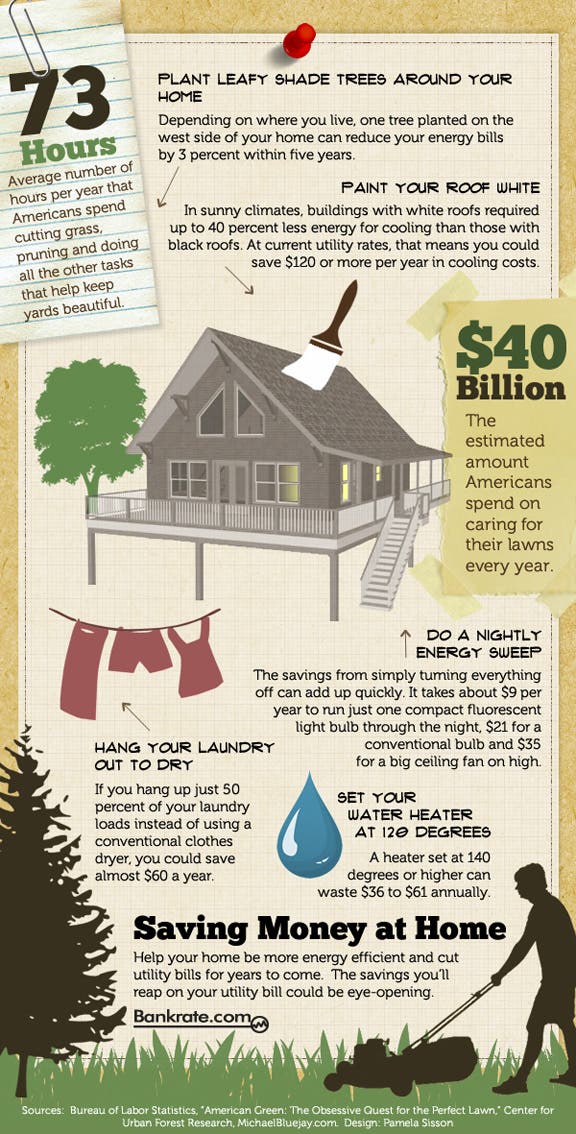The Future Of Trees: How To Identify When Elimination Is Needed
The Future Of Trees: How To Identify When Elimination Is Needed
Blog Article
Post Composed By-Bailey Stryhn
If you have actually ever questioned the destiny of the trees on your residential or commercial property, understanding when it's time for removal is important. But how do you figure out if a tree can be saved or if removal is the only alternative? By searching for specific indications and examining safety and security dangers, you can make informed choices that profit both your landscape and your surroundings. Let's discover the vital variables that come into play when determining the destiny of a tree and just how you can make sure the very best end result for your environment-friendly friends.
Indicators of Tree Decline
If you discover any of the adhering to indicators of tree decrease in your backyard, it may be time to take into consideration tree removal.
One usual indicator is dead or rotting branches, which can suggest underlying problems affecting the tree's wellness. Keep an eye out for stained or wilted leaves that linger despite correct care, as this could be an indication of illness or parasites.
An additional warning signal is excessive leaning or an obvious shift in the tree's base, which may recommend origin problems or architectural instability. Keep an eye out for fungal growth on the trunk or roots, as this can suggest rot and endanger the tree's security.
Furthermore, if you observe large splits in the trunk or major limbs, it's crucial to resolve these issues quickly to stop possible risks. Resolving these indications of tree decline without delay can aid maintain the safety and security and visual appeals of your yard environment.
Safety Issues
To make sure the well-being of your residential or commercial property and those around you, focusing on safety issues related to trees is paramount. Trees can present different safety risks if not appropriately preserved. Dead or decaying branches might drop unexpectedly, jeopardizing people or destructive frameworks.
Leaning trees can also be dangerous, especially if they're leaning towards a structure or power lines. Furthermore, trees with extensive origin systems near structures or underground energies can create significant damages with time.
It's critical to routinely check your trees for any indicators of prospective danger. Watch out for https://www.nytimes.com/2020/07/08/realestate/garden-design-plan-expert-tips.html in the trunk, large tooth cavities, or signs of disease and degeneration. If you notice any one of these problems, it's finest to speak with an expert arborist to assess the scenario and identify the necessary course of action.
Taking aggressive actions to resolve safety concerns immediately can prevent crashes and property damage in the future. Remember, the safety and security of your property and those around you ought to always be the top priority when it concerns tree maintenance.
Consulting an Arborist
When considering the health and wellness of your trees, consulting an arborist is a crucial action. Arborists are educated experts who specialize in the care and maintenance of trees. They can analyze the overall wellness of your trees, recognize any kind of problems such as conditions or architectural troubles, and offer experienced suggestions on the very best course of action.
By consulting an arborist, you can receive important insights into the condition of your trees and figure out whether elimination is needed. Arborists have the understanding and experience to evaluate the threats associated with keeping a tree versus removing it. They can likewise offer advice on alternate solutions, such as trimming, cabling, or bracing, to aid maintain the tree whenever feasible.
Moreover, arborists can aid you browse any neighborhood laws or permits that may be required for tree elimination. Their proficiency can ensure that the procedure is performed securely and in compliance with any suitable regulations.
Final thought
In conclusion, when identifying whether trees can be saved or if elimination is needed, it is very important to take into consideration indicators of decrease and safety problems. Consulting an arborist for a thorough assessment is vital in making the very best choice for the tree's health and possible hazards. Keep in mind, positive treatment and timely action can aid preserve trees and protect against crashes.
